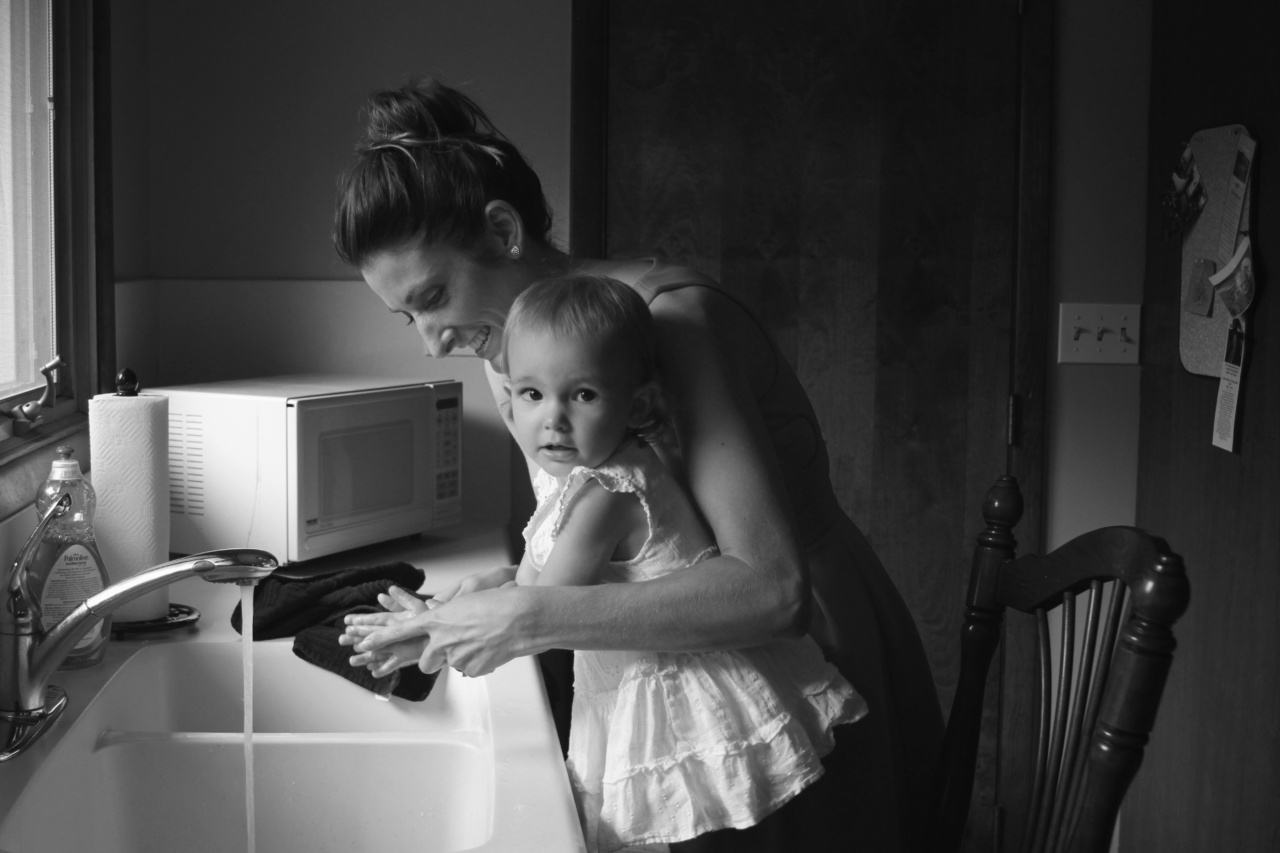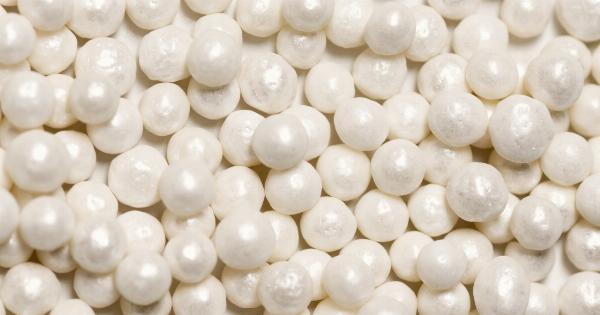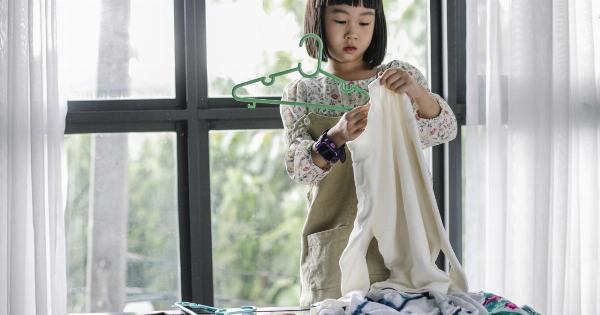Asthma is a chronic respiratory disease that affects millions of people worldwide, including children. According to the World Health Organization (WHO), an estimated 235 million people suffer from asthma globally.
While asthma can be caused by various factors, such as genetics and environmental factors, it is becoming increasingly clear that a mother’s cleaning habits can impact the risk of asthma in her child.
What is asthma?
Asthma is a condition that affects the airways in a person’s lungs. This chronic respiratory disease makes it difficult for a person to breathe as their airways become inflamed and swollen, producing excess mucus and narrowing the air passages.
The symptoms of asthma can range from mild to severe and can be life-threatening if left untreated.
How do cleaning habits impact asthma?
Cleaning products are a common source of indoor air pollution, and many contain volatile organic compounds (VOCs) that can be harmful to health. These chemicals can trigger asthma symptoms, irritate the lungs, and lead to respiratory problems.
When a mother uses cleaning products excessively, it increases the exposure of her child to these harmful chemicals, and this can lead to the development of asthma. Additionally, vacuuming carpets or dusting, for example, can stir up dust particles, pet hair, and other allergens that can trigger asthma symptoms in children.
Types of cleaning products that can trigger asthma in children
Some of the common household cleaning products that can trigger asthma in children include:.
- Bleach
- Mold and mildew cleaners
- Glass cleaners
- General purpose cleaners
- Furniture polish
- Air fresheners
What can mothers do to reduce the risk of asthma in their children?
Mothers can reduce the risk of asthma in their children by:.
- Using natural or eco-friendly cleaning products that are less likely to contain harmful chemicals.
- Using cleaning products in well-ventilated areas, or opening windows and doors when cleaning.
- Reducing the frequency of cleaning or using a cleaning service to reduce their exposure to harmful chemicals.
- Vacuuming carpets and rugs regularly to reduce the build-up of allergens and dust particles. Using a vacuum cleaner with a HEPA filter can also help trap allergens.
- Dusting surfaces with a damp cloth or microfiber cloth to prevent dust particles from becoming airborne.
- Using natural air fresheners like baking soda, vinegar, or essential oils instead of chemical air fresheners.
Conclusion
It is clear that a mother’s cleaning habits can impact the risk of asthma in her child.
By using natural or eco-friendly cleaning products, reducing the frequency of cleaning, and vacuuming regularly, mothers can create a safe and healthy living environment for their children. This will not only reduce their child’s risk of developing asthma but also improve their overall health and well-being.





























